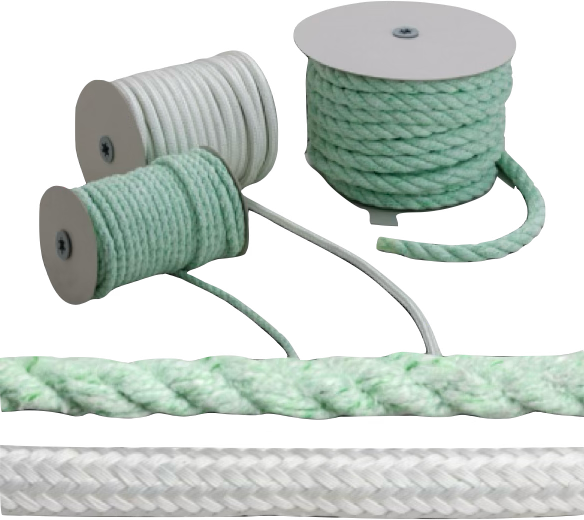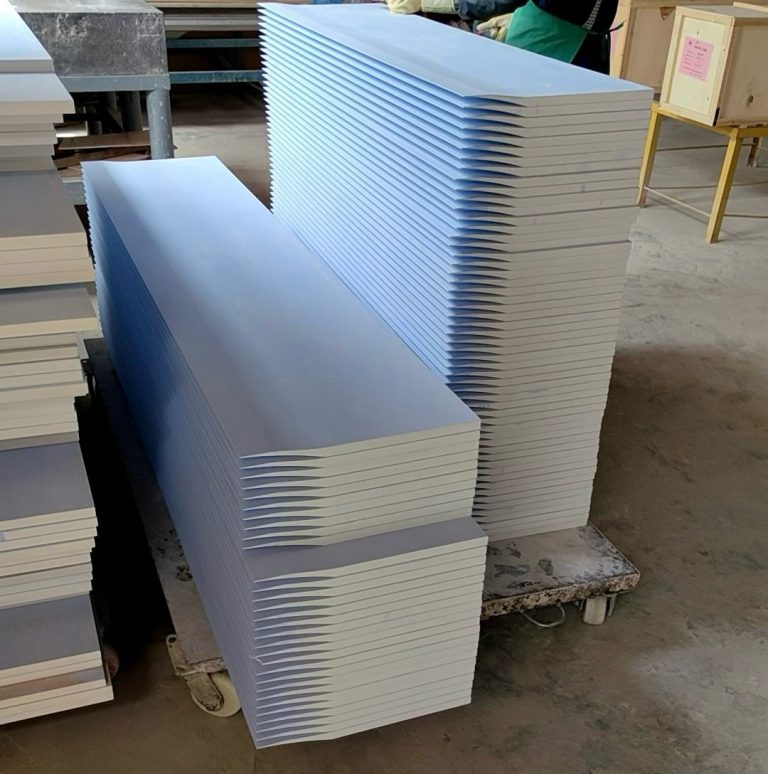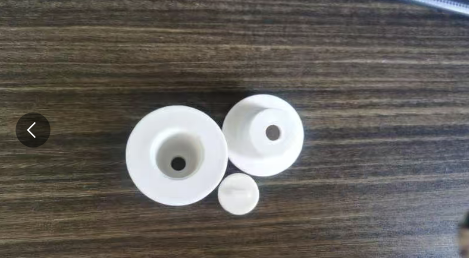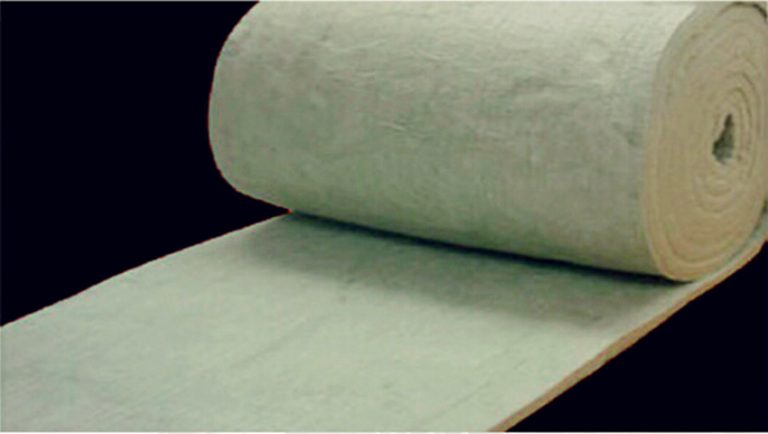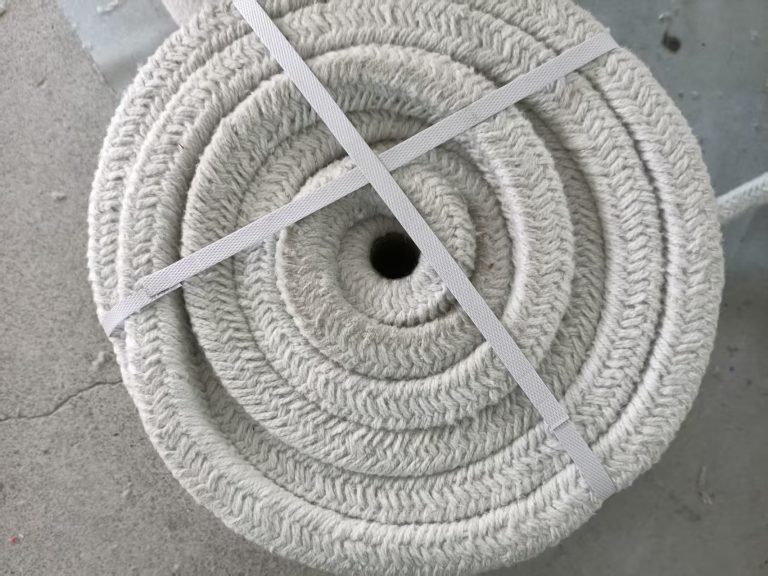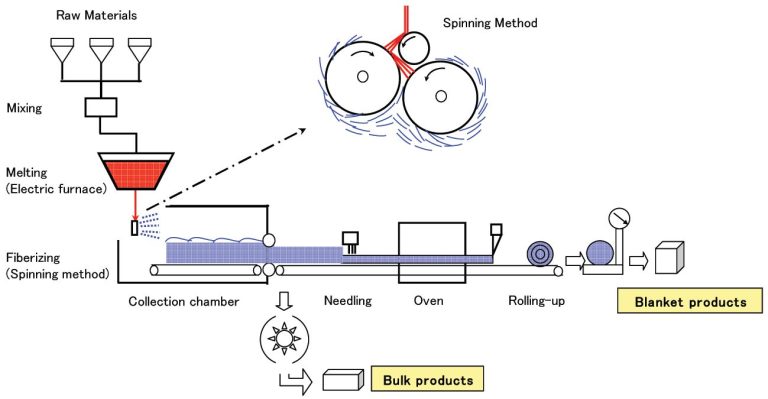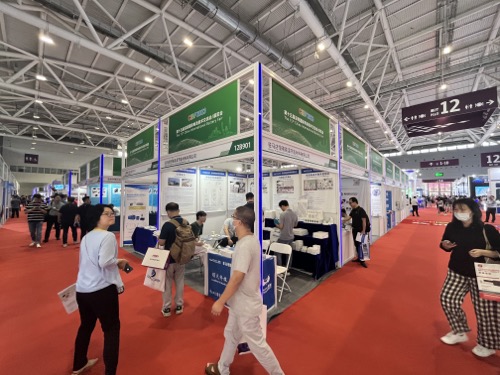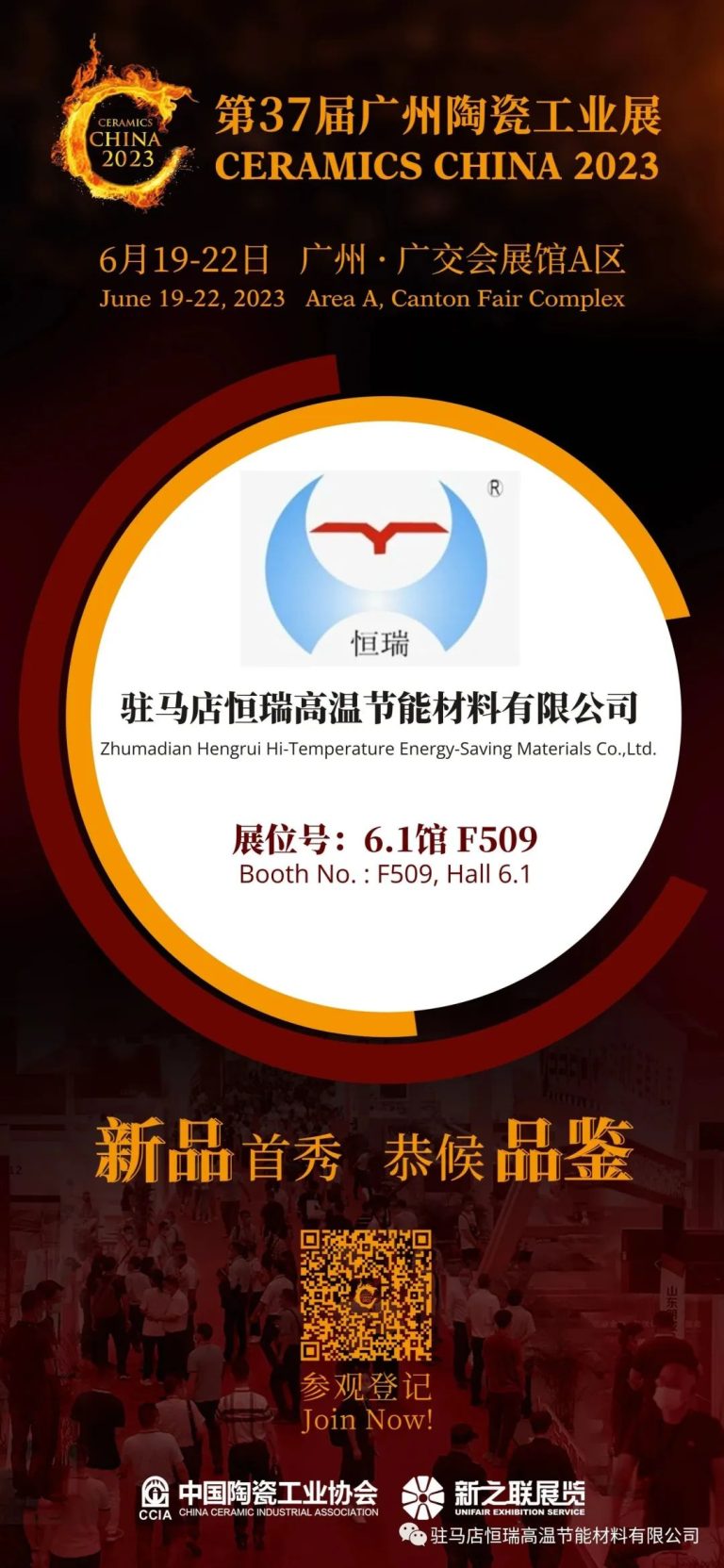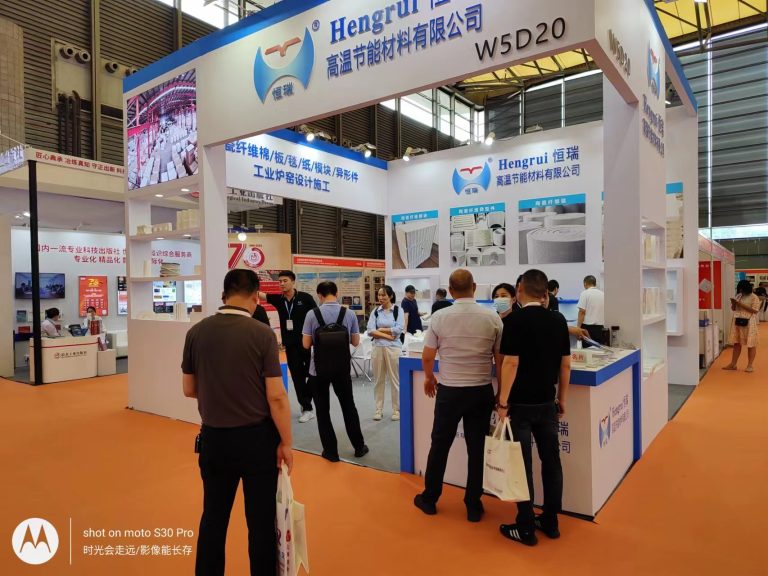From Asbestos Concerns to Ceramic Fiber Alternatives
In recent years, the global spotlight has been on the health risks of asbestos, a material once widely used in insulation and construction. The dangers of asbestos exposure, including respiratory diseases and cancer, have pushed industries to find safer alternatives. One such alternative is vitreous ceramic fiber (CF), a type of man-made vitreous fiber (MMVF).
To date, no direct human health risks, such as the development of tumors, have been confirmed for ceramic fiber. However, regulatory authorities continue to monitor and classify ceramic fiber products to ensure workplace safety.
EU Classification of Vitreous Ceramic Fiber
In 1997, the European Union (EU) revised its regulatory framework under Directive 67/548/EEC, officially adding MMVFs to the “Classification of Carcinogenic Substances.”
- Vitreous ceramic fiber was placed in Category 2, meaning it must be treated as if carcinogenic to humans, according to EU Directive 97/69/EC.
- This classification brought specific requirements for packaging, labeling, and workplace handling.
- EU countries have since tightened exposure limits, particularly in occupational environments where fibers may become airborne.
For example, in Germany, the use of vitreous ceramic fiber in the construction industry is strictly prohibited, setting a precedent for stricter application standards across Europe.
IARC and WHO Perspectives
The International Agency for Research on Cancer (IARC), affiliated with the World Health Organization (WHO), has also evaluated vitreous ceramic fibers. Their findings align with EU guidelines, reinforcing the need for precautionary measures in workplaces and industries where ceramic fibers are commonly used.
Examples of carcinogen classification
| European Union (EU) | IARC (WHO) |
| Category 1 Known to be a human carcinogen Asbestos | Group 1 Carcinogenic to man Asbestos |
| Category 2 Carcinogenic to animals. To be used as if it is carcinogen to man. Refractory ceramic fiber Micro glass wool | Group 2A Probable human carcinogen Ultraviolet radiation |
| Category 3 There is some doubt but information is not sufficient to classify in category 2. Glass wool Rock wool | Group 2B Possible human carcinogen Refractory ceramic fibers Special-purpose fiber |
| Category 0 substances or preparation which have been received but not classified. Continuous glass filament Bio-Soluble Fiber | Group 3 or 4 Not classifiable Glass wool Rock wool |
Bio-Soluble Fiber: A Safer Alternative
Animal studies conducted under EU directives highlighted an important distinction:
- Vitreous ceramic fiber falls under Category 2.
- Bio-soluble fiber, however, does not share the same classification and is categorized under Category 0 (not carcinogenic).
This means bio-soluble ceramic fiber is considered safer because it can naturally break down in biological systems, reducing long-term health risks. As a result, many industries are now shifting to bio-soluble fiber insulation products to maintain compliance with EU regulations while ensuring worker safety.
Implications for Industry and Future Development
The stricter EU regulations on vitreous ceramic fiber highlight the need for:
- Improved safety standards in production and workplace handling.
- Investment in bio-soluble fiber technologies that balance performance with health safety.
- Adoption of innovative insulation materials that meet both industrial needs and global environmental regulations.
With the rise of bio-soluble ceramic fibers, industries can expect a safer, sustainable path forward without sacrificing thermal efficiency.
Conclusion
While vitreous ceramic fiber remains a valuable high-temperature insulation material, its classification under EU and IARC guidelines requires industries to adopt strict safety measures. The emergence of bio-soluble ceramic fiber provides a safer alternative, ensuring compliance with international regulations and reducing potential health risks.
👉 If you are seeking EU-compliant ceramic fiber solutions or bio-soluble fiber products, contact Hengrui High Temperature Materials for tailored solutions that combine performance, safety, and sustainability.

